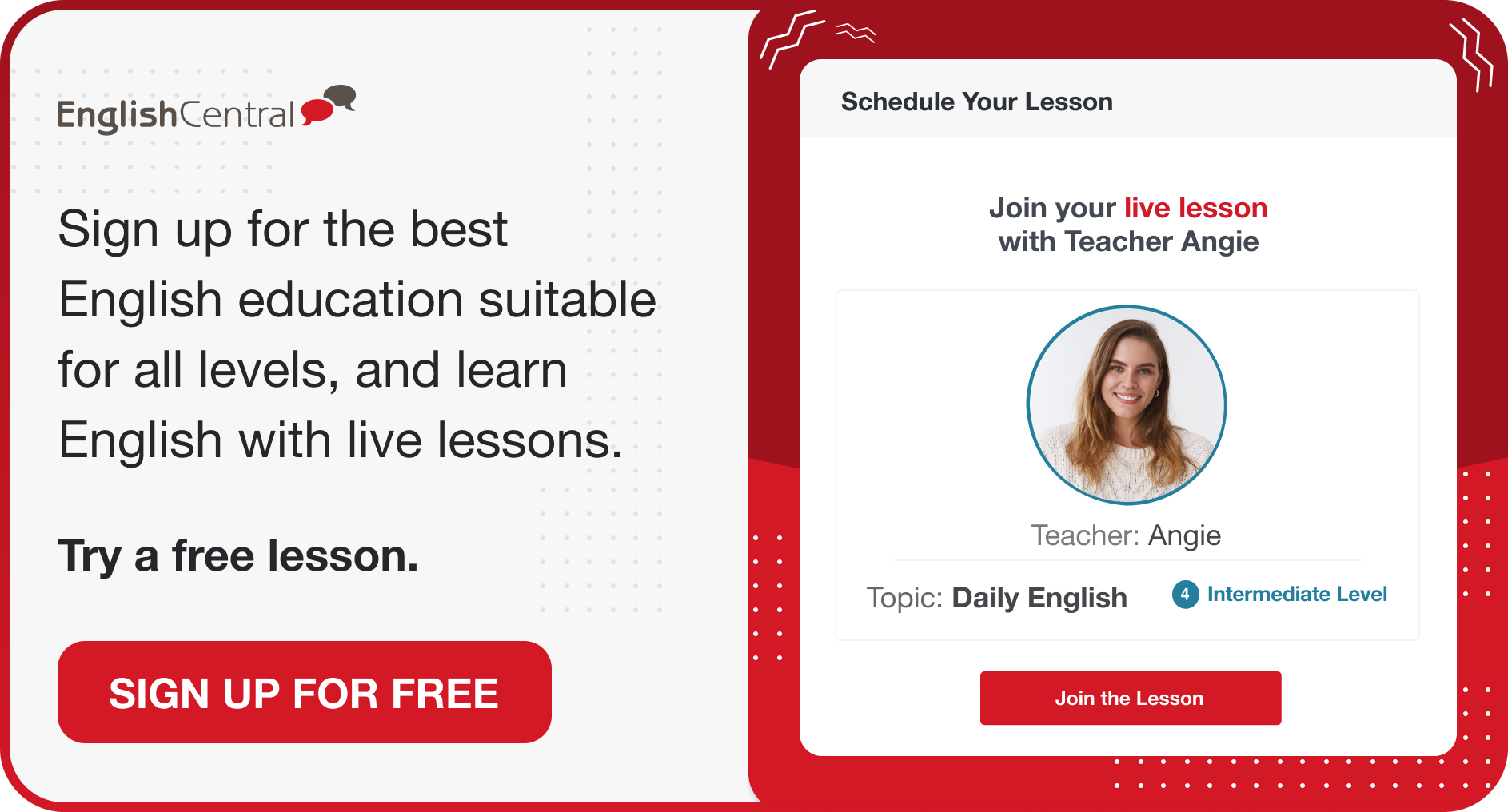Words we use to indicate specific items or people, such as “this,” “that,” “these,” and “those,” are called demonstratives. They are essential in daily communication because they provide clarity to the listener or reader. If you want to refer to an object or person, you use demonstratives.
For instance, the word “this” refers to close things, while “that” refers to things farther from the speaker. In spoken and written language, demonstratives are pivotal in making precise interactions. To make your point clear, you should learn demonstratives. Here is our post about demonstratives to help you enhance your English. Let’s see what demonstratives are and how to use them in detail.
What are Demonstratives
In English, there are four demonstratives: ‘this,’ ‘that,’ ‘these,’ and ‘those.’ They are crucial for pointing out specific objects or people and are named ‘demonstratives’ because they demonstrate or indicate things. In our daily lives, we can point to things with our body language; demonstratives serve a similar purpose in speech and writing. They have two primary uses: indicating the number (singular or plural) and the relative distance (near or far) of the thing being referred to.
How to Use Demonstratives
As mentioned, demonstratives are words that point out items and their position relative to the speaker. If you want to indicate something close to you, such as holding a pencil, you would say, “This pencil looks expensive.”
On the other hand, if you want to indicate something farther away, such as seeing someone on the street, you would say, “That girl is my neighbor.”
For talking about plural items, you use “these” instead of “this” and “those” instead of “that.” For example, if you are holding several pencils, you would say, “These pencils look expensive.” If you see a group of people farther away, you would say, “Those people are my neighbors.”
Demonstratives as Determiners
Demonstratives can function as determiners to identify specific nouns in a sentence. Using demonstratives as determiners helps define precisely which objects or people are being referred to. Here are some examples;
| “This” as a determiner | "This movie is so boring." |
|---|---|
| “These” as a determiner | "These houses are big." |
| “That” as a determiner | "That toy looks interesting." |
| “Those” a determiner | "Those cars are expensive." |
Demonstrativesas Pronouns
When used as plurals, demonstratives help specify multiple items or people. Using “these” and “those,” speakers can indicate the number and relative position of the items they refer to. Here are some examples;
| “This” as a pronoun | "This looks delicious." |
|---|---|
| “These” as a pronoun | "These are mine." |
| “That” as a pronoun | “That smells good." |
| “Those” as a pronoun | "Those are well made." |
Common Mistakes to Avoid
The most common mistakes when you choose a demonstrative are given below:
Confusing Distance: Be clear about the relative distance between the thing or person you refer to. Use “this” or “these” for goods nearby and “that” or “those” for those further away.
For example: “That flowerpot on the floor is mine.” (The sentence is unclear whether the flowerpot is close or far)
correction: “That flowerpot on the floor across the balcony is mine.”
Vague References: Avoid employing demonstratives that lack a precise reference point. To avoid misinterpretation, specify what “this,” “that,” “these,” or “those” mean in the context.
For example: “Can you give me that.” (What is being referred to is unclear.)
Correction: “Can you give me that glass cup?”
Misplacing Pronouns: When employing demonstratives as pronouns, ensure they substitute the proper noun while maintaining clarity. To avoid ambiguity, phrases such as “This is my book” should be apparent in context.
For example: “This is my favorite accessory.” (The context needs to be clarified.)
Correction: “This necklace is my favorite accessory.”
Mismatching Number: Using singular demonstratives (this or that) with plural nouns, or plural demonstratives (these or those) with singular nouns.
For example: “This apples are delicious.” (This is used with singular nouns but “apples” is plural.)
Correction: “These apples are delicious.”
Example Sentences for Using Demonstratives
–This pencil is sharp.
–That cat is sleeping on the sofa.
–These cookies taste delicious.
–Those mountains in the distance look majestic.
-Can you pass me that book, please?
-I want to buy these shoes.
-Look at those birds flying high in the sky!
–This restaurant serves the best pizza in town.
–Those flowers in the garden are blooming beautifully.
-I need to return that shirt I bought yesterday.
–These chairs are comfortable to sit on.
–That movie we watched last night was really entertaining.
–These apples are fresh from the orchard.
-Look at that painting on the wall; it’s stunning.
-Can you hand me those keys over there?
Frequently Asked Questions About Using Demonstratives
What is the difference between “this” and “that”?
This refers to something singular that is close to the speaker, while that refers to something singular that is farther away. In abstract terms, this can refer to something happening now or nearby, while that refers to something in the past or further away in time.
How to practice demonstratives?
Practice demonstratives by pointing to local and distant things and describing them with the appropriate demonstrative.
How many types of demonstratives are there?
There are two types of demonstratives: proximal (near) and distal (far).
What are demonstrative purposes?
Demonstratives help to clarify and contextualize information by indicating distinct things or individuals and their relative distance from the speaker.
Would you like to put what you have learned into practice? You can access everything you need to learn English on a single platform! With 25-minute one-on-one live English lessons, 40-minute group lessons, more than 30,000 interactive videos, vocabulary learning tools, AI-supported tutor MiMi, quizzes, and interactive activities, EnglishCentral offers its users a personalized and quality education plan at an affordable price. How about registering for EnglishCentral now and starting to learn English?











